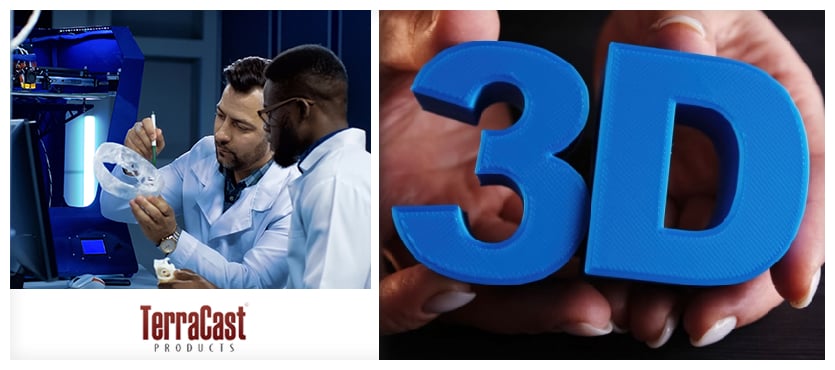The integration of custom 3D printing in urban design is transforming how cities are built and developed. This technology offers endless possibilities for customization, flexibility, and sustainability, allowing designers to create unique structures, fixtures, and public art that reflect the identity and needs of their communities. From creating intricate decorative elements to producing functional urban furniture, 3D printing brings a new level of efficiency and precision to the field.
Customization and Design Flexibility
One of the biggest advantages of custom 3D printing is the ability to produce highly detailed, intricate designs that would be difficult or expensive to create using traditional methods. Urban designers can now explore new architectural possibilities, designing one-of-a-kind elements that enhance the aesthetics of public spaces. With 3D printing, there are virtually no limits to creativity, enabling the production of everything from unique street furniture to custom light pole bases and planters that can be tailored to specific project requirements.
Furthermore, this flexibility extends to materials, as 3D printing allows designers to experiment with a range of textures, finishes, and colors. This versatility not only enables urban planners to create distinctive public spaces but also ensures that the elements blend seamlessly with the surrounding environment, enhancing the overall appeal of the cityscape.
Speed and Efficiency in Production
Traditional manufacturing methods often involve lengthy lead times, multiple stages of production, and a significant amount of manual labor. Custom 3D printing, on the other hand, streamlines the process by allowing designers to go directly from digital concept to physical product. This reduces both production time and cost, enabling urban projects to move forward more efficiently.
For example, with custom 3D printing, urban furniture or decorative elements can be produced in a fraction of the time it would take using conventional methods. This makes it particularly valuable for fast-paced urban developments that need to meet tight deadlines without compromising on design quality or durability.
Sustainable Urban Design Solutions
Custom 3D printing supports sustainable urban development by streamlining production, reducing unnecessary waste, and promoting localized manufacturing. While some 3D printed designs may require support material, the overall process itself reduces excess by producing precise designs only as needed. This also enables local production, decreasing reliance on long-distance shipping and reducing carbon emissions associated with transportation. By integrating these sustainable practices, 3D printing aligns well with eco-conscious urban planning and creates opportunities for flexible, efficient design. Additionally, 3D printing allows for the use of recycled and sustainable materials, further contributing to environmentally conscious design.
Cost-Effective Prototyping and Customization
One of the major benefits of custom 3D printing is the ability to create and test designs before committing to full-scale production. By producing prototypes early in the design process, designers can identify and adjust any potential issues, reducing the need for expensive modifications to custom molds later on. This flexibility allows urban planners to refine their ideas efficiently, ensuring that the final products meet both aesthetic and functional requirements without the costs associated with extensive mold changes.
This capability is invaluable when developing complex or innovative designs. Whether creating new street furniture or decorative elements for public spaces, the ability to quickly prototype and test different models helps ensure that the final product meets all of the designers needs.
The Future of Urban Design
Custom 3D printing is revolutionizing the future of urban design by providing architects, city planners, and designers with the tools to create highly customizable, sustainable, and efficient solutions. Its ability to reduce costs, enhance creativity, and promote environmentally friendly practices makes it an essential technology for the modern cityscape. As this technology continues to evolve, the potential for 3D printing in urban design will only grow, reshaping how we think about and build our cities. For more information about TerraCast® products and custom 3D printing solutions, contact us today.

